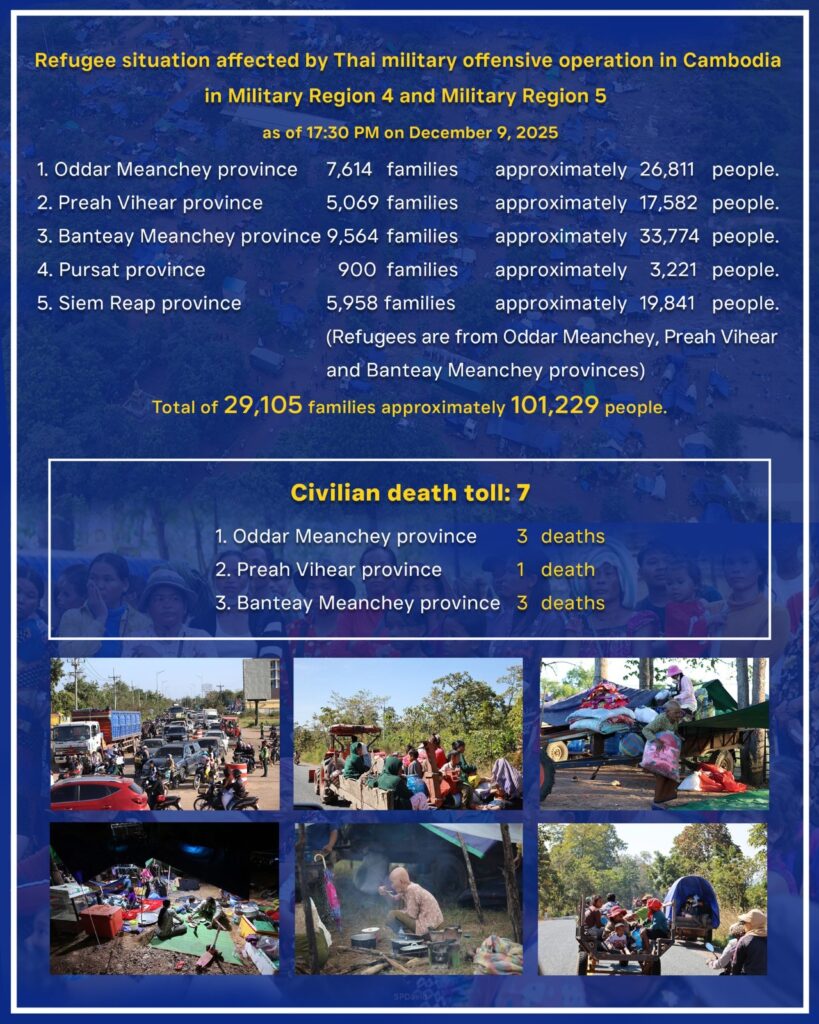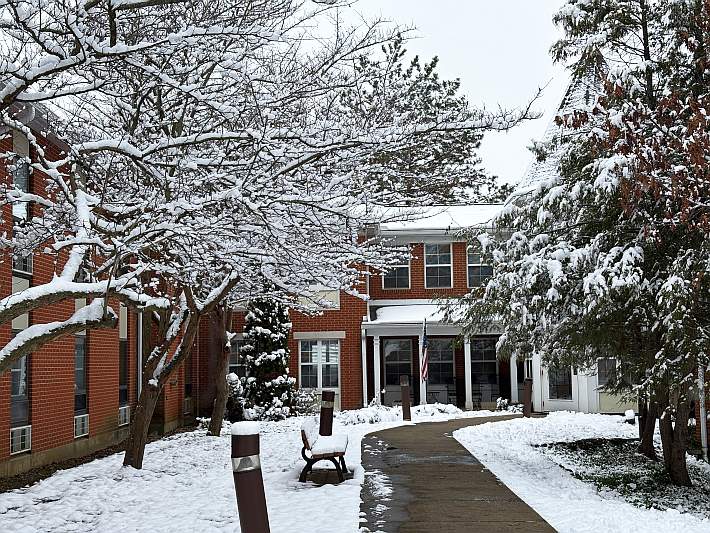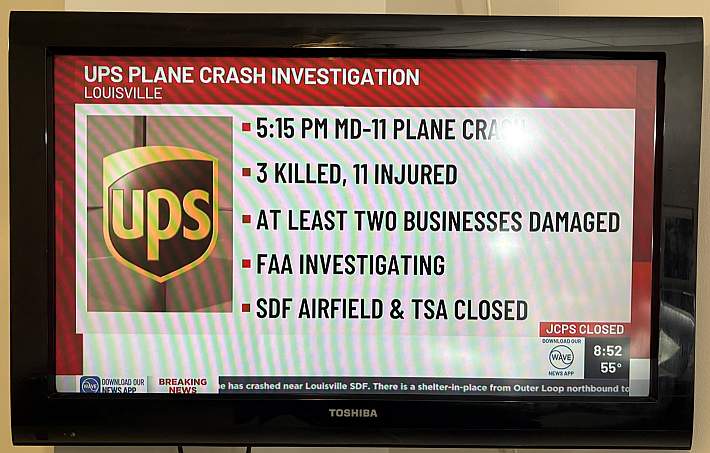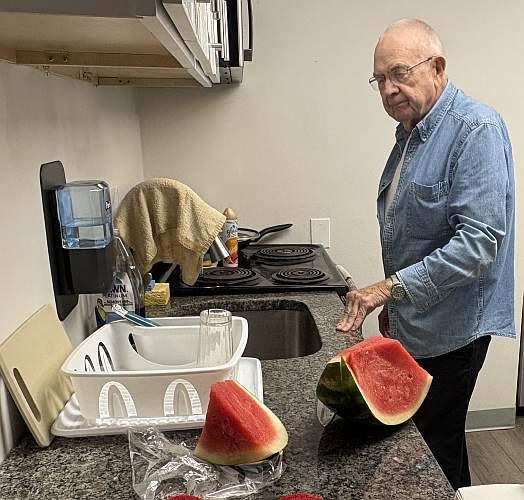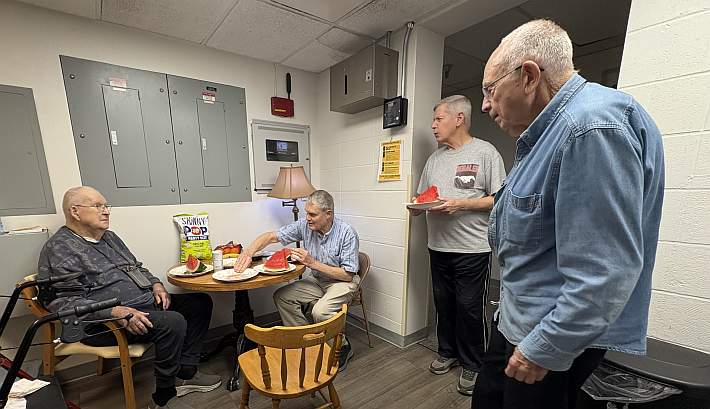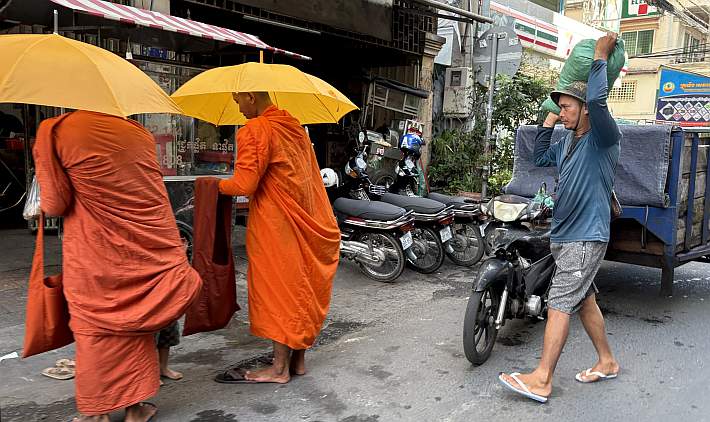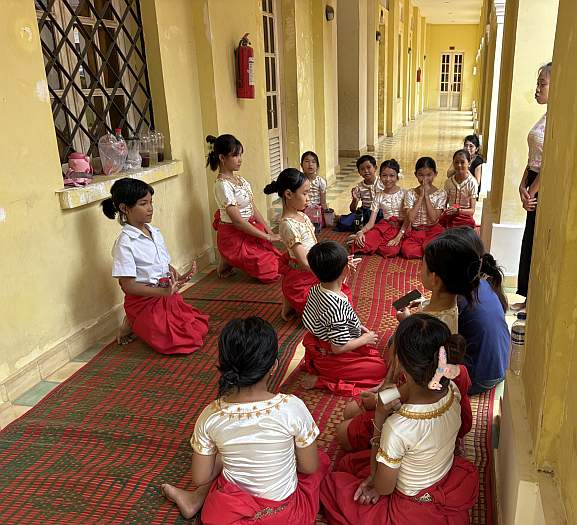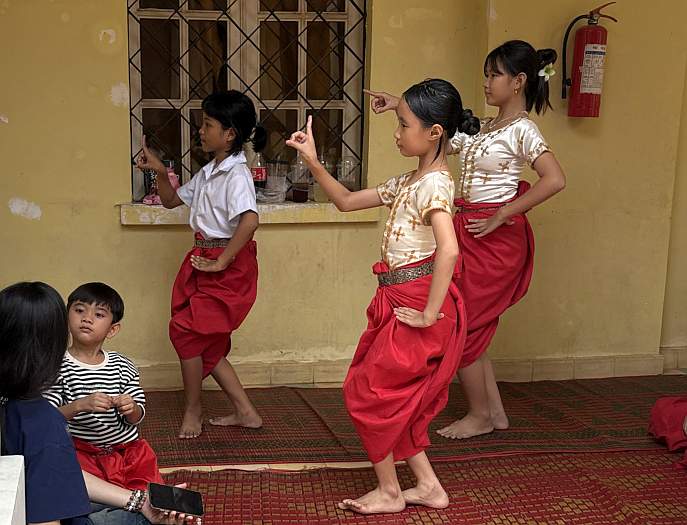Today I had a meeting after lunch and was debating how I could go when I depend on my bicycle for getting around. I went outside at Nazareth Home above and the sidewalks there and the nearby streets look reasonably cleared and usable for a bike.
The temperature, though, was in the high 20ºs and low 30ºs, and I learned over the last weekend my fingers–even with ski gloves–could only take about 15 minutes of that. My earlier rides were REALLY painful, so I was happy to learn today that another priest was going to the same meeting and I could ride with him–in a car. The trip was smooth and warm and I got to see more beautiful scenes from this winter’s first real snow.
